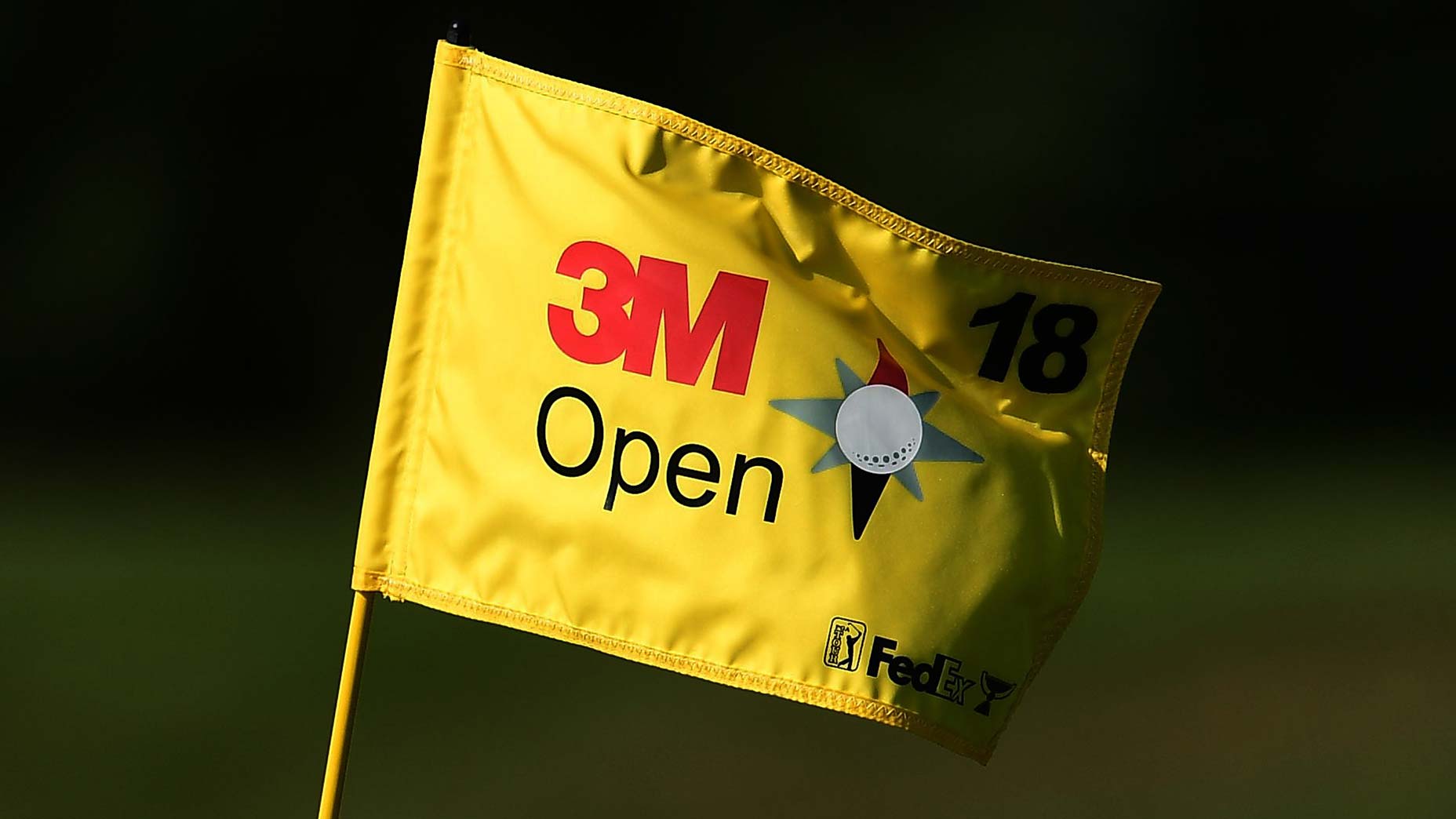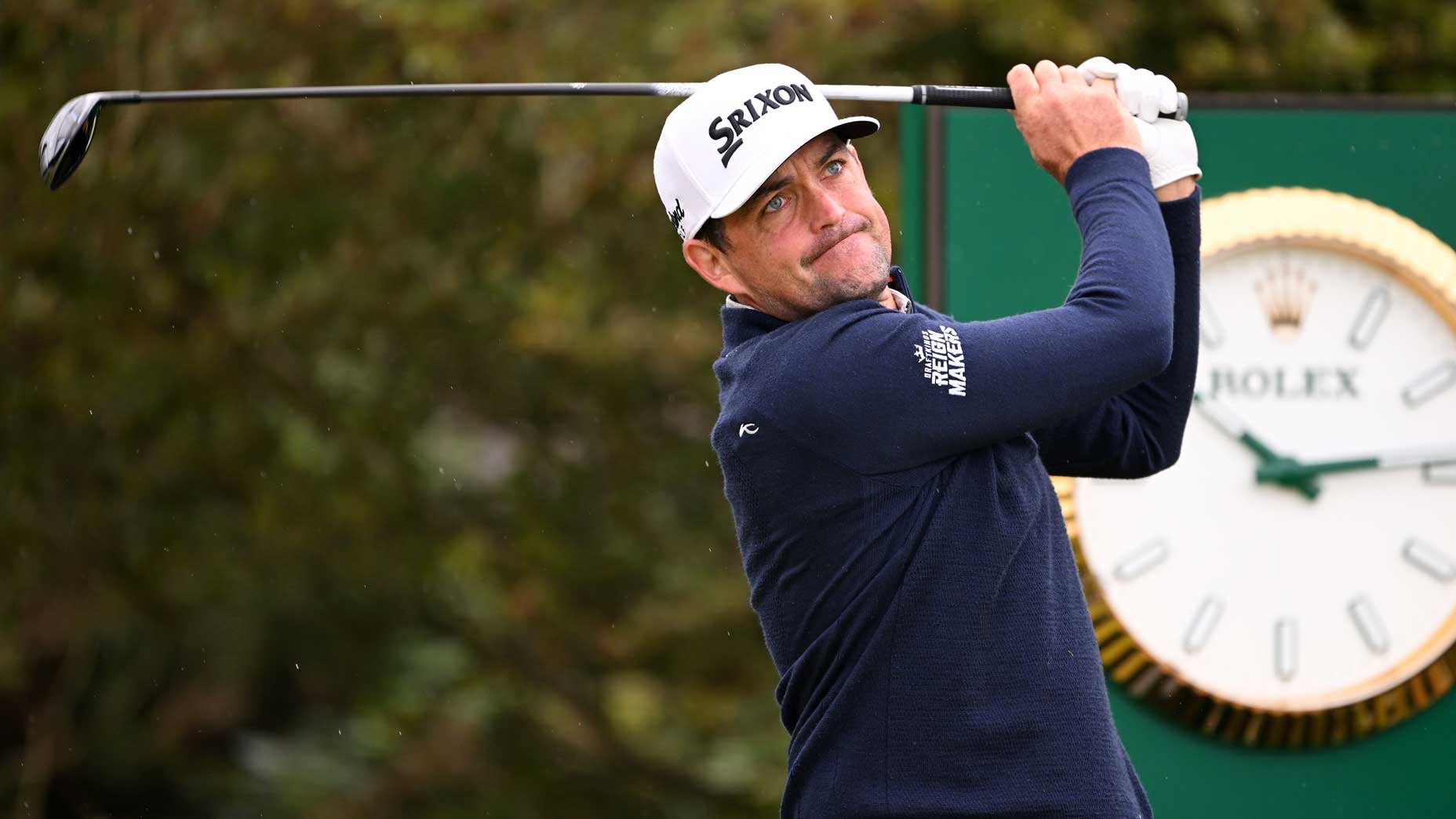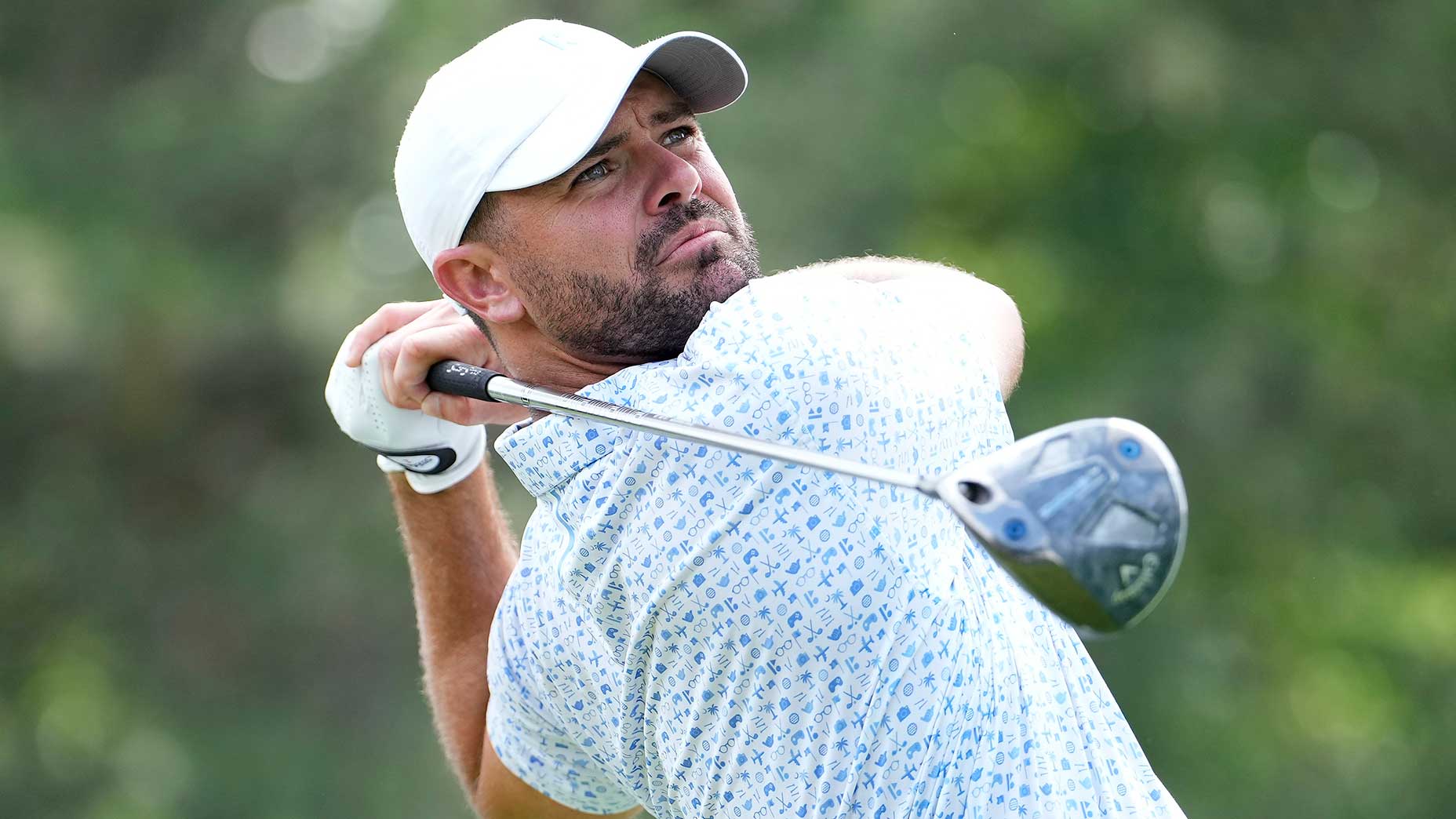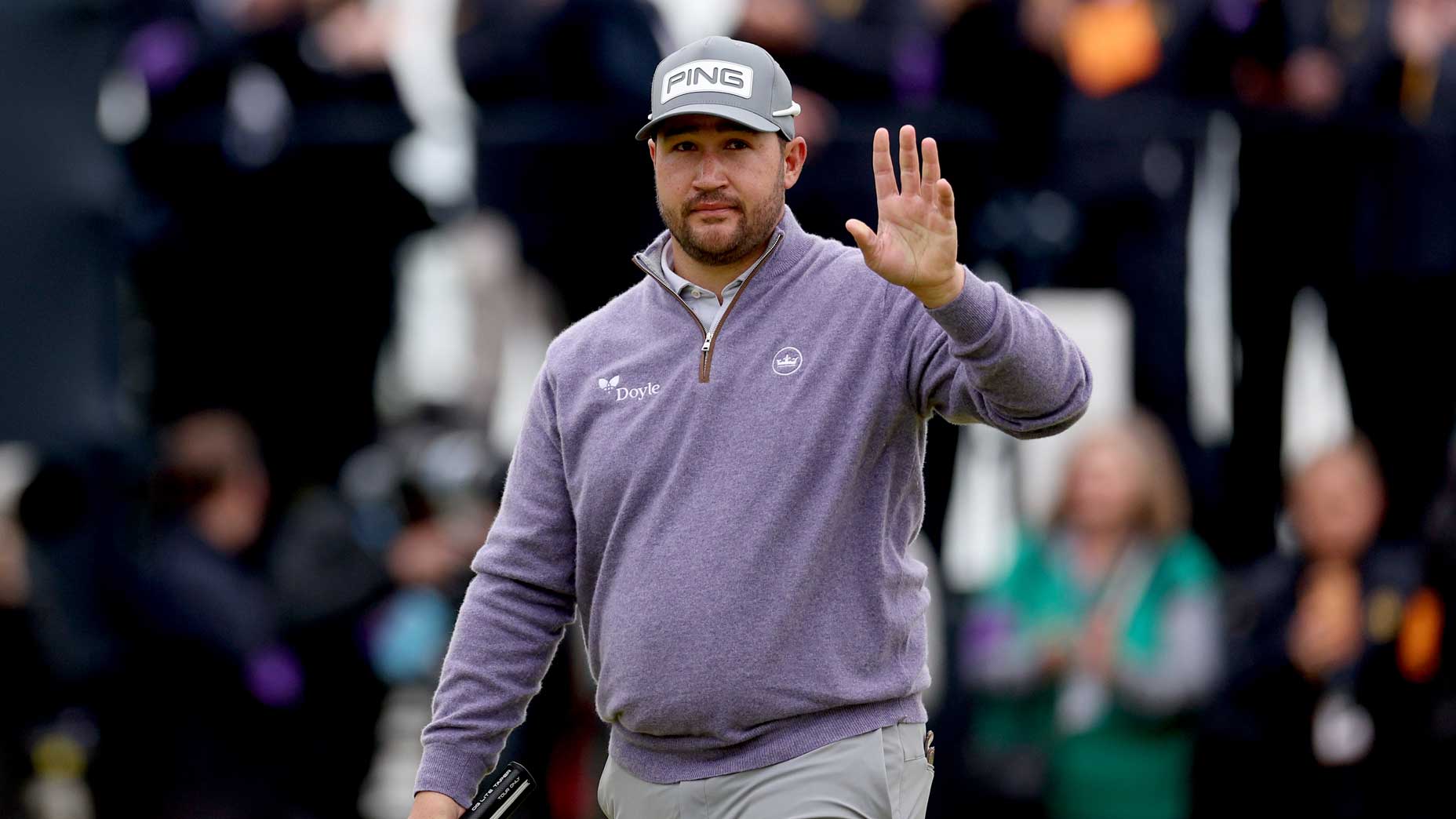Another new income source for PGA Tour players nearing fruition

Rory McIlroy and his PGA Tour brethren will soon have a Tour ownership stake, according to a memo.
getty images
Overlooked in the torrent of news and reaction in the wake of the PGA Tour’s bombshell June 6 announcement that it was forging a partnership with Saudi Arabia’s Public Investment Fund was that Tour leadership was aiming to make its loyalists whole by giving them an ownership stake in the Tour’s forthcoming for-profit arm, PGA Tour Enterprises.
Jimmy Dunne, a Tour policy member at the center of the Tour’s secretive, high-stakes dealings with the Saudis, spelled out some of the plan in a piece published by ESPN on June 9, noting: “The new [company] would grow, and the [current PGA Tour] players would get a piece of equity that would enhance and increase in value as time went on. There would have to be some kind of formulaic decision on how to do that. It would be a process to determine what would be a fair mechanism that would be really beneficial to our players.”
Last month, in a memo to his players, Tour commissioner Jay Monahan added of the equity stakes: “…this would be a unique offering in professional sports, as no other league grants its players/members direct equity ownership in the league’s business…[and] the PGA Tour will be stronger with our players more closely aligned with the commercial success of the business.”
Still, details about the players-as-owners plan have been scant, as some pros have grown increasingly agitated by the Tour’s shift toward catering to and lining the pockets of its stars. One such newish revenue channel that favors the Tour’s A-listers is the Player Impact Program, which pays players huge sums for, in the simplest terms, generating buzz. Another is the Tour’s signature-event structure, which the Tour’s middle-class critics contend is unfairly restrictive to players trying to rise up the ranks, given the number of FedEx Cup points that signature events award relative to run-of-the-mill tournaments. Going to bat for the Tour’s “normal guys” in an interview with Golfweek last month, Lanto Griffin, said, “To have the deck stacked against us — we’re losing points, money, starts, it feels like, who’s making these decisions?”
The players are, Lanto! At least some of them are, anyway, and far more proactively than they were even just a couple of years ago. The signature-event concept was cooked up by Tiger Woods and Rory McIlroy, along with 20 or so of their other top-shelf comrades, at their now-landmark Delaware summit in August 2022. That the new schedule most benefits the stars who bring the most eyeballs to the Tour was no accident and it has not sit well with some of the Tour’s proletariat. Chris Stroud, a 41-year-old one-time Tour winner and former Player Advisory Council member told Golf Channel last week, “The Tour doesn’t care about you if you’re not in the top 30 and I learned that quickly that I needed to take care of myself.”
Seemingly sensing the growing angst, the Tour’s player directors — Tiger Woods, Charley Hoffman, Peter Malnati, Patrick Cantlay, Webb Simpson and Jordan Spieth (plus Adam Scott, who next year will replace Hoffman) — dispatched a memo to the membership last week, which touted the “diversity” of the player directors’ career paths and outlined plans for the creation of a “governance committee,” which would ensure “no major decision can be made in the future without the prior involvement and approval of the player directors.”
The P.D.’s buried the lede, though. The real news for Tour members itching for more guaranteed income was on page 2, which confirmed that plans are afoot for a new revenue stream for all players. The fifth of the memo’s seven bullets read: “We will establish a program through which membership has direct ownership in our tour through equity grants. Alongside our governance review, we believe this program will help further align our interests and create substantial economic opportunities for the membership. While we are finalizing the details of the program with management and the independent board members, we are committed to providing ownership opportunities to both current and future PGA Tour members. All investor groups have been incredibly supportive of this program.”
This is a paradigm shift. Historically, Tour players have been independent contractors guaranteed not much more than tournaments in which to compete. Make more birdies than bogeys and players are handsomely compensated, but the inverse can mean players going home with nothing — actually less than nothing when you factor in their travel, lodging and assorted other costs. Established players do get to participate in the Tour’s generous pension plan — according to golf finance reporter Jared Doerfler, as of Dec. 31, 2021, more than 100 members had retirement account balances north of $5 million — but until recently regular old paydays have come only through one primary channel: weekend tee times.
Now, players will stand to profit not only when they play well but also when the Tour itself turns a few bucks. A Tour spokesperson did not respond to an inquiry about how the ownership grants will work, but the memo from Tiger and Co. clearly affirmed that they are nearing fruition. To players fighting for their livelihoods, missed cuts will still hurt, but having another revenue stream should help soothe the sting.














